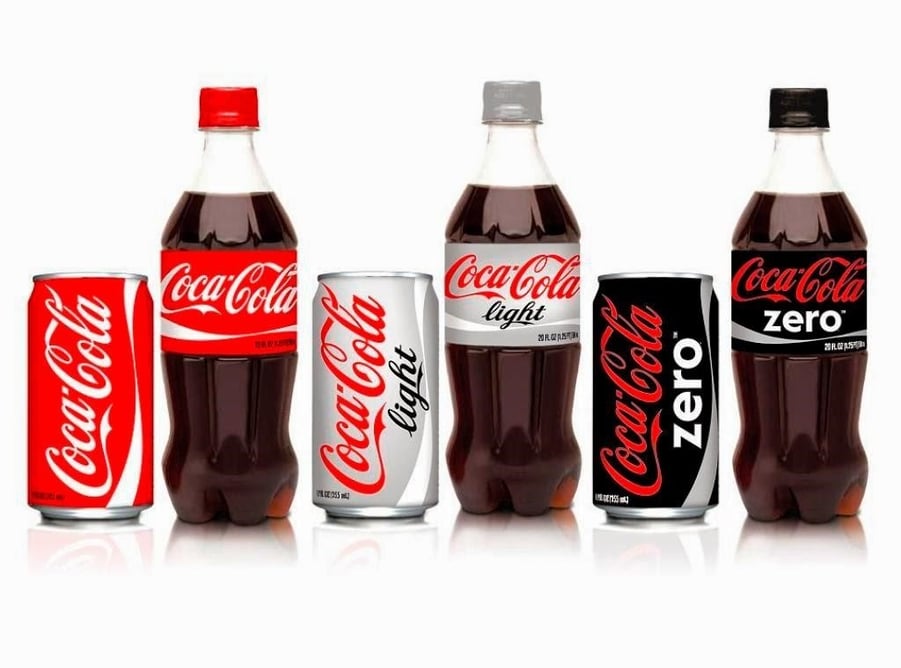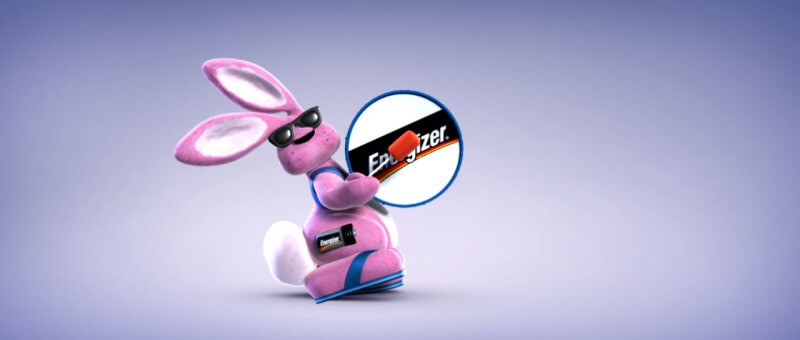Any business can venture in advertisement. But, what is the point of advertising if you don’t give your audience something to take away from it? If it’s not memorable, it’s pointless.
Are your potential customers going to be more interested in a running list of your services, or would they rather see a service or two in action, so they know what you can do for people like them?
This is why telling a story can make the difference between memorable, and not-so-memorable, marketing. Your audience wants to feel important, like you understand them. They want personal and emotion-provoking. This is what makes them interested in your business.
Best of all, there are tons of ways to incorporate a storytelling marketing strategy into your business so you can dominate your industry with brand storytelling on social media and in other forms of advertising.
Don't Underestimate the Story Pyramid

Remember the story pyramid you were introduced to in elementary school? Basically, most stories have similar components that help tell a story, like the rising actions, climax, and falling actions. If you want to create a compelling, organized story, you should follow the same format.
Just because your marketing story will be short doesn’t mean you can skip these integral parts of a story. In social media, you can even break down each part of the pyramid with separate posts, to build suspense for future posts.
Create a Protagonist

Think of your marketing campaign as a mini story. Stories have protagonists, or “heroes”, right? This should be the person your audience will connect with emotionally. Your protagonist can be different throughout your ad campaigns, but it’s important to pick one.
Take, for example, the “Got Milk?” campaigns featuring celebrities, athletes, and other famous figures. Each person acts as the hero, spreading awareness to others about why milk is so important to him or her and to the audience.
Yes, You Also Need and Antagonist

Wherever there’s a protagonist, you have to have an antagonist, even if it’s not clearly visible. This antagonist is what your audience will want to fight against, just as your protagonist does.
Using the “Got Milk?” campaign example, let’s think about the antagonist. What is the celebrity fighting against? Not having enough milk to nourish his or her body. This is the antagonist. Therefore, the celebrity explains why milk is essential for strong bones and a healthy body, and convinces the audience of the same.
Use Ad Sequencing

An awesome way to tell a story through advertising is to release small stories separately, that all work together for a greater campaign. Facebook, for example, allows those who advertise on the platform to set up ad sequencing to release advertisements in a specific order.
Be strategic about it. Use ad sequencing to build up the events of your story to make your audience want to find out more. Each one should be more engaging than the last to trigger suspense in your audience.
Focus on Virality

When you think of making an advertisement tell a story, you probably don’t think “viral”. People tend to associate “viral” with “short”. In reality, storytelling marketing campaigns can be every bit as viral as the funny meme you read on your way to work, regardless of length.
You can make a story in a 15 second video, if you choose, or one that’s several minutes long. Virality is all about being memorable. The more memorable you make your story, the higher the chance of it becoming viral, which means more exposure for your business.
Let Your Audience Contribute

When you let your audience contribute to YOUR brand’s story, you’re opening up a whole new level of personal. Sounds scary, possibly. But it’s honestly one of the best things you can do for your storytelling marketing strategy.
Let customers create testimonials or share their experiences in a video interview that you can share on your social media channels. Your audience will get your story with a new perspective, from people they can relate to on their level.
Location, Location, Location

Tell the story of the importance of your location to your business. Your business location shouldn’t be just a place you set up shop. It should also have some importance in the culture of your business, your team, and your customers.
Macy’s, for example, used historical New York City as a backdrop for one of its Macy’s Thanksgiving Day Parade advertisements, showing the same man enjoying the parade, year after year. The ad gives the audience a nostalgic feeling by incorporating its famous location and history into the story.
Get Your Team Involved

Just like your audience can help tell your story, allow your team to do the same. This helps personalize your brand, giving customers a glimpse into what goes on behind the scenes. Give your team members a chance to tell others what it’s like working for your company, and why they decided to start.
The “It Gets Better” campaign, for example, brought together a number of huge corporations, like Google and Apple, that allowed their LGBT employees to share their own stories. The touching videos shows the type of accepting cultures these businesses have through an intimate perspective.
Don’t shy away from the personal stuff; it’s what will make your campaign stand out.
Consistent Branding is Important

When you think of consistent branding, Coca Cola is the epitome of a perfect example. You see its brand remain consistent on its products, in advertising, and across social media. Its message remains the same, as does its overall look.
Your brand message needs to be clearly relayed through your story. If you’re brand message is inspiring, make your stories inspiring. If your company has a playful, silly atmosphere, relay that in your stories. Make your personality, as a brand, shine through.
Elicit Some Sort of Emotion

Your story will only be as successful as your ability to make it memorable. The best way to make it memorable is to elicit emotions from your audience. Have a clear idea of the emotion you want to provoke, and build your story around it.
Consider Budweiser’s 9/11 tribute advertisement that aired only once during the following Super Bowl. As the horses approach the heart of New York City, where the Twin Towers of the World Trade Center once stood, you can’t help but be overwhelmed with a flood of emotions.
Understand Your Target Audience

You expect a result from your brand storytelling on social media. However, to get a result, you need to understand your target audience. You probably want an audience that aligns with your company values, and possibly has a similar personality as your brand personality.
It’s important to create a story that appeals to the type of audience you’re trying to pull in. If you sell electronics, look for ways to expand your audience from tech-lovers to parents with kids growing up in the tech age.
Create a Character

The creation of a memorable character is a sure-fire way to dominate storytelling in your marketing. Plus, it it easy to create an engaging story when you have a character to shine the spotlight on!
The Geico Gecko, Aunt Jemima, Marlboro Man, and The Energizer Bunny are perfect examples of characters that can help you tell a story that resonates with your audience.
Explain Your History

Even if your company is brand new, it still has a story to tell. After all, you probably had the business idea in your head for a long time; now, it just finally came to fruition.
Get personal with your audience by telling your company’s story through photos, videos, or a “day in the life”-type short documentary. Use your brand story to connect with your audience on a new level. Explain how the idea for the business started, how the business itself was born, and how far it’s come.
Be Completely Transparent

Make what you do known to your audience through your stories. If your audience senses that your company has something to hide, you’ll fail in no time. Consistency is key, as is telling your audience what you plan to do for them, and how your products or services will help you reach that goal.
So, be conversational in your stories. Use a conversational tone that makes it easy for the mainstream audience to understand exactly what you’re talking about, no guesswork required. The goal is to create a story that the masses can relate to, in terms they can understand.
Forget About Marketing

That’s right. It’s time to forget that you’re actually marketing your business. Brand storytelling is a way to truly connect with your audience in new ways. Instead of treating it like marketing, you should literally think of it as storytelling. It’s a chance to get creative, have fun, and explore new avenues for your brand.
Brand storytelling on social media, especially, can open up your brand to a vast number of people, simply by having fun with it. When you take out the marketing component, you instantly relieve some pressure about your story performing well, and turn your focus on your audience’s enjoyment.
After all, that is where the true money is to be made.



